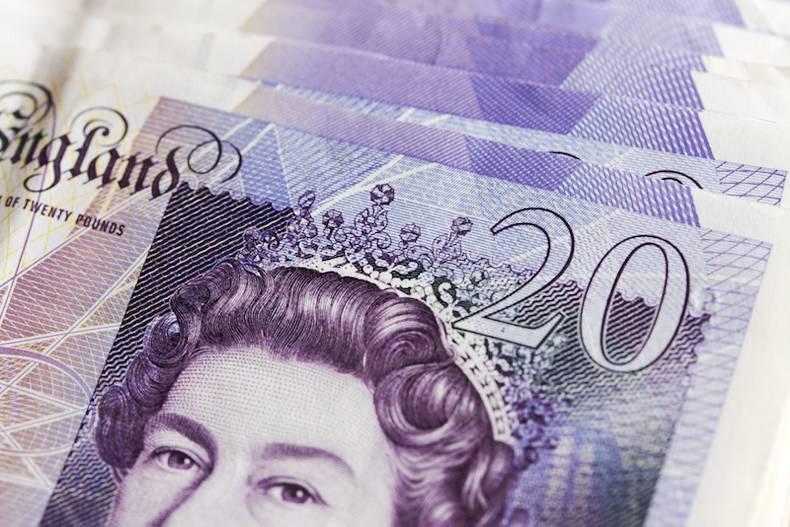With ten days to go to the UK referendum on its membership of the EU, the volatility in sterling shows no signs of relenting. In early trading on Monday, the UK currency slid by a further 1.2% to just under £0.80 against the euro. While the currency continues to swing sharply back and forth, the overall trend has been one of decline and sterling has now shed more than 4p in value against the euro since the end of May.
This level of volatility in the UK currency has not been seen since 2009 in the days following the collapse of Lehmann Brothers.
Market fears over the possibility of a British exit from the EU (Brexit) reached new heights this week after an opinion poll on Friday among British voters gave the leave campaign a 10 percentage point lead over the remain side.
Momentum
This latest poll is just one of a series showing the leave side in the lead among voters and the momentum is now firmly with those seeking a British exit from the EU.
The leave campaign argue that a decline in the pound in the short term is a reality if the UK votes to leave the EU, but say it is good for British exporters. Conversely, it is not good news for Irish exporters to the UK, who face a loss of competitiveness with sterling so weak.
Bord Bia estimates that positive exchange rates contributed close to €1bn to the overall performance of Irish food and drink exports in 2015.
What is certain is that as the referendum date approaches over the next 10 days, pressure on sterling will only intensify and further swings are to be expected.
Read more
Storymap: keep up to speed with Brexit
Full coverage: Brexit
With ten days to go to the UK referendum on its membership of the EU, the volatility in sterling shows no signs of relenting. In early trading on Monday, the UK currency slid by a further 1.2% to just under £0.80 against the euro. While the currency continues to swing sharply back and forth, the overall trend has been one of decline and sterling has now shed more than 4p in value against the euro since the end of May.
This level of volatility in the UK currency has not been seen since 2009 in the days following the collapse of Lehmann Brothers.
Market fears over the possibility of a British exit from the EU (Brexit) reached new heights this week after an opinion poll on Friday among British voters gave the leave campaign a 10 percentage point lead over the remain side.
Momentum
This latest poll is just one of a series showing the leave side in the lead among voters and the momentum is now firmly with those seeking a British exit from the EU.
The leave campaign argue that a decline in the pound in the short term is a reality if the UK votes to leave the EU, but say it is good for British exporters. Conversely, it is not good news for Irish exporters to the UK, who face a loss of competitiveness with sterling so weak.
Bord Bia estimates that positive exchange rates contributed close to €1bn to the overall performance of Irish food and drink exports in 2015.
What is certain is that as the referendum date approaches over the next 10 days, pressure on sterling will only intensify and further swings are to be expected.
Read more
Storymap: keep up to speed with Brexit
Full coverage: Brexit






 This is a subscriber-only article
This is a subscriber-only article










SHARING OPTIONS: